Introduction
Seaweed salad, often referred to as “liangban haidaisi” in Chinese, is a refreshing and nutritious dish that is widely enjoyed across Asia. Its crisp texture and tangy flavor make it a perfect appetizer or side dish for any meal. While the name might suggest a complex preparation process, making seaweed salad at home is actually quite straightforward. In this article, we will delve into the step-by-step process of how to make a delicious seaweed salad, highlighting the key ingredients, techniques, and tips to ensure your dish turns out perfectly.
Understanding Seaweed: The Star Ingredient
Before diving into the recipe, it’s essential to understand the star ingredient: seaweed. Seaweed, particularly the species used for this salad, is rich in vitamins, minerals, and antioxidants. It’s low in calories and high in dietary fiber, making it an excellent choice for those looking to maintain a healthy diet.
The most common type of seaweed used in this salad is known as “konbu” or “kelp” in English. However, depending on your location and availability, you might also find other varieties such as hijiki, arame, or wakame. For this recipe, we will focus on using dried seaweed, which is easily available in most Asian grocery stores or online.
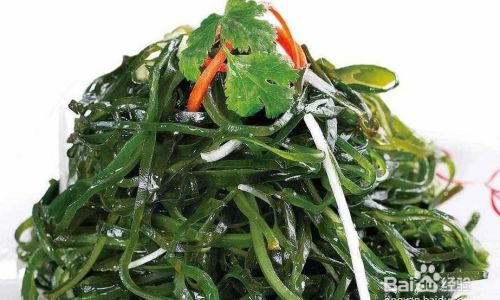
Preparing Your Ingredients
Before starting, gather all your ingredients and tools. This will ensure a smooth cooking process and prevent any last-minute rushes. Here’s a list of what you’ll need:
- Dried seaweed: About 50 grams (this will yield a generous portion of salad)
- Rice vinegar: 3-4 tablespoons
- Sesame oil: 1-2 tablespoons
- Soy sauce: 2 tablespoons (use low-sodium if preferred)
- Sugar: 1 teaspoon (optional, to balance the tanginess)
- Garlic: 2 cloves, minced
- Ginger: 1 small piece, minced
- Red chili peppers: 1-2, finely chopped (optional, for heat)
- Sesame seeds: 1 tablespoon, toasted
- Green onions: 2, finely chopped
- Carrot: 1 small, julienned (optional, for added crunch and color)
- Salt: To taste
- Water: For soaking and rinsing the seaweed
- Large mixing bowl: For preparing the salad
- Strainer: For draining the soaked seaweed
- Sharp knife: For chopping ingredients
- Measuring spoons and cups: For accuracy in measuring ingredients
Step-by-Step Recipe
Now that you have all your ingredients and tools ready, let’s get started on making the seaweed salad.
Soaking the Seaweed
Begin by placing the dried seaweed in a large mixing bowl. Fill the bowl with cold water, ensuring the seaweed is fully submerged. Allow it to soak for about 15-20 minutes. This will soften the seaweed and make it easier to handle and slice.
While the seaweed is soaking, you can prepare the other ingredients. Mince the garlic and ginger, chop the red chili peppers and green onions, and julienne the carrot if you’re using it.
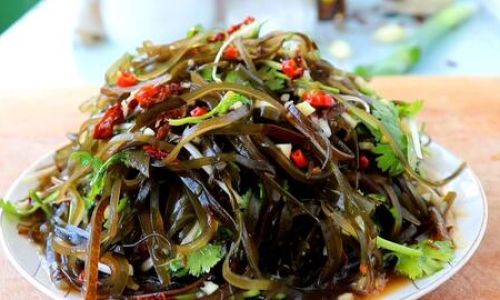
Draining and Rinsing
After the seaweed has soaked, drain it in a strainer. Rinse it under cold running water to remove any excess salt or impurities. Pat it dry with paper towels or a clean kitchen towel to remove as much moisture as possible. The drier the seaweed, the crispier your salad will be.
Slicing the Seaweed
Once the seaweed is dry, place it on a clean cutting board. Using a sharp knife, slice it into thin strips, resembling “shreds” or “silks.” The finer you slice the seaweed, the more tender it will be. However, be careful not to slice it too finely, as it can become mushy when mixed with the dressing.
Making the Dressing
In a small bowl, whisk together the rice vinegar, sesame oil, soy sauce, sugar (if using), minced garlic, minced ginger, and chopped red chili peppers. Taste the dressing and adjust the seasoning as needed. You want it to be tangy, slightly sweet, and fragrant with the flavors of garlic and ginger.
Combining Ingredients
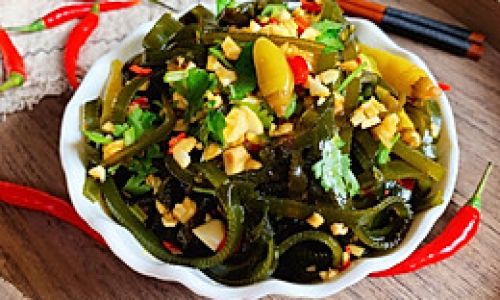
Transfer the sliced seaweed to a large mixing bowl. Pour the dressing over the seaweed and toss gently to combine. Make sure all the seaweed strips are evenly coated with the dressing.
If you’re using julienned carrot, add it to the bowl now and toss to combine. The carrot will add a nice crunch and a pop of color to your salad.
Adding Garnishes
Sprinkle the toasted sesame seeds and finely chopped green onions over the salad. These garnishes will add texture and flavor, making each bite more enjoyable.
Tasting and Adjusting
Taste the salad and adjust the seasoning if necessary. You might want to add a bit more soy sauce for saltiness, rice vinegar for tanginess, or sesame oil for richness. Remember, the flavors should be balanced, with none overpowering the others.
Serving
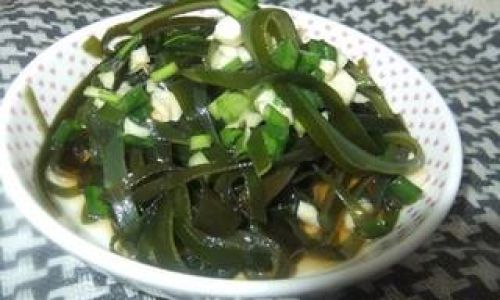
Once you’re satisfied with the taste, transfer the salad to a serving bowl. Serve immediately as a refreshing appetizer or side dish. The salad can be enjoyed at room temperature or chilled in the refrigerator for about 30 minutes to an hour before serving. Chilling the salad will make it even more refreshing and crisp.
Storage and Reheating Tips
If you have leftover seaweed salad, store it in an airtight container in the refrigerator. It will keep for about 2-3 days. When reheating, avoid using the microwave, as it can make the seaweed soggy. Instead, let it sit at room temperature for a few minutes or serve it chilled.
Creative Variations
While the classic seaweed salad recipe is delicious, there are many ways to customize it to your taste. Here are a few creative variations you can try:
- Add Nuts: Incorporate chopped nuts like cashews or peanuts for added crunch and protein.
- Use Different Vinegars: Experiment with different types of vinegars such as apple cider vinegar or balsamic vinegar for a unique flavor twist.
- Incorporate Seafood: Add cooked shrimp, scallops, or fish for a more filling and protein-rich dish.
- Add Vegetables: Include other vegetables like cucumber, bell peppers, or radishes for added texture and color.
- Use Different Oils: Substitute sesame oil with olive oil or avocado oil for a different flavor profile.
Conclusion
Making seaweed salad at home is a simple and rewarding experience. With just a few ingredients and a bit of time, you can create a dish that is not only delicious but also nutritious. The crisp texture and tangy flavor of seaweed salad make it a perfect addition to any meal, whether it’s a casual family dinner or a formal gathering.
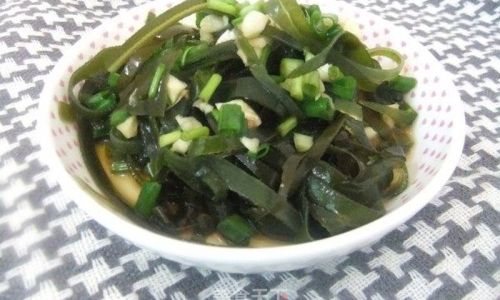
By following the steps outlined in this article, you’ll be able to make a seaweed salad that rivals the best Asian restaurants. And with the creative variations mentioned, you can keep things fresh and exciting by trying new flavors and ingredients.
So, the next time you’re looking for a healthy and delicious appetizer or side dish, give seaweed salad a try. It’s sure to become a staple in your kitchen, enjoyed by everyone who tastes it. Happy cooking!




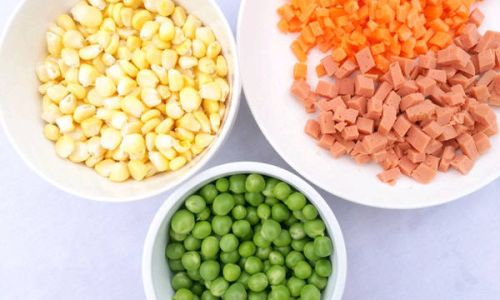
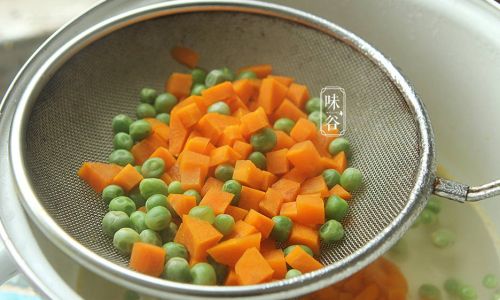
0 comments